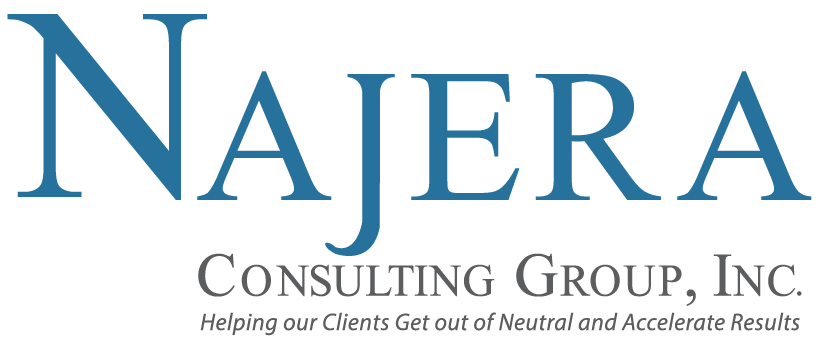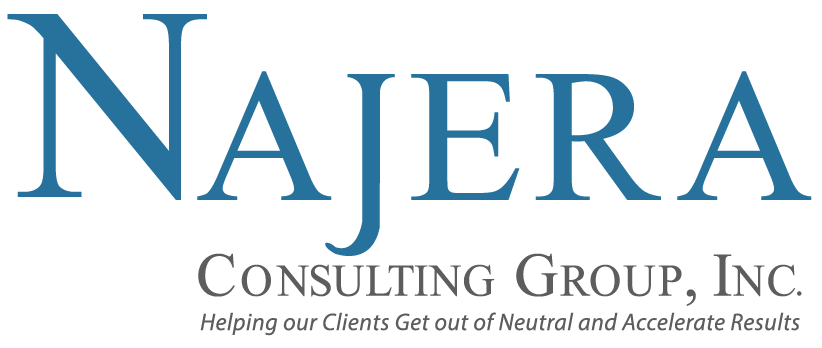 I recently got a call from a participant who attended one of my negotiating seminars. She told me she followed all of the steps outlined in the workshop but was still unable to close her deal. I asked her “What is your hook? “What’s a hook?” she responded, “you must have covered that when I stepped out to make a phone call!”
I recently got a call from a participant who attended one of my negotiating seminars. She told me she followed all of the steps outlined in the workshop but was still unable to close her deal. I asked her “What is your hook? “What’s a hook?” she responded, “you must have covered that when I stepped out to make a phone call!”
So for all of you who may have stepped out or nodded off during my workshop let me explain what a hook is.
I know that the word “hook” may have a negative connotation. But in this context a hook is what allures, tempts, attracts or bewitches you. It’s what makes you buy a product or keep reading. And in negotiations helps you close the deal.
Pick up any newspaper or magazine and read the front-page headline. That’s a hook. What’s yours?
With this in mind, there are three things you must do in order to “hook” the other side and successfully close the deal:
1. Satisfy Emotional Needs. Yes, people are after logical solutions. But, emotions are often more important in negotiations than logic. When emotional needs aren’t met, this can block the other side’s willingness to fully deal with the facts you have gathered. That’s why rapport building is the single most important component in the negotiation process.
People tend to have four basic mental states: glad, sad, mad and scared. You are most able to close the deal when the other side is in a “glad” mental state.
2. Satisfy Logical Needs. I once saw this statement above the desk of a successful business executive that read, “My mind is made up. Don’t confuse me with the facts.” While this may appear to be true on the surface, logic helps justify what we want emotionally. The logical, hard data world is very potent. It is predictable and certain. We must convince the other side that 2 + 2 = 4 in order to conclude the negotiation. This is easier to do once you’ve satisfied their emotional needs.
While knowledge and logic is a key part of closing the negotiation, it is by no means the only part. You must also put your points in terms that the other side can understand.
3. Tune in to “WIFT.” The final step in successfully closing a deal is to effectively communicate “What’s In it For Them.” After satisfying steps one and two, the next thing your customer cares about is, “Will this be of value for to me and my business?”
The person who called me is a sales representative for an insurance company who was trying to close a sale with a major client. She was trying to close the sale by emphasizing her insurance company’s efficient claims handling process. Her prospect’s major consideration was loss prevention. She was not tuned in to WIFT.
And finally I told her, you just have to ask for it! As Zig Ziglar once said “We miss 100 percent of the sales we don’t ask for”
 About the Author:
About the Author:
Gabriel Najera is the president & founder of the Najera Consulting Group. Gabriel is a frequent speaker to organizations. And, is a highly sought after advisor to corporate and nonprofit executives looking to develop a strategic thinking mindset.
Gabriel is the author of the forthcoming book, Lessons From the Field: From Farmworker to Fortune 500 Consultant. Gabriel is available to speak to your organization. To inquire about scheduling Gabriel for an upcoming speaking engagement or to inquire about our consulting services, please click on this link.







Sorry, the comment form is closed at this time.